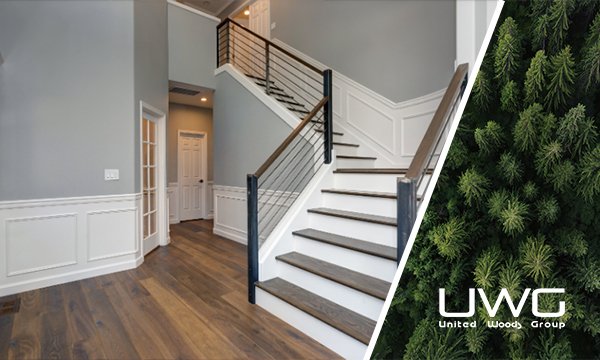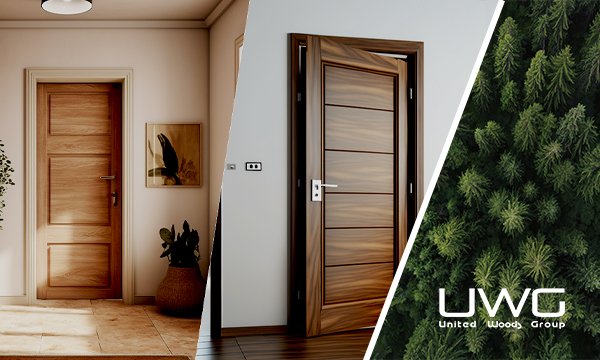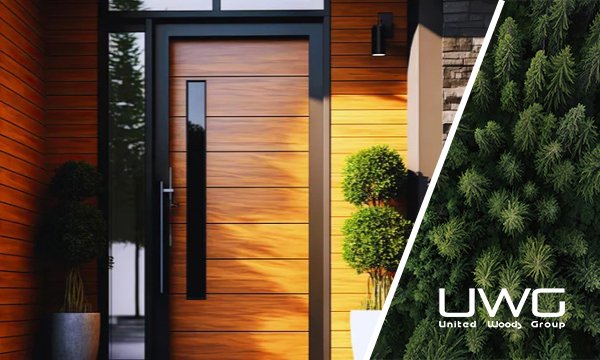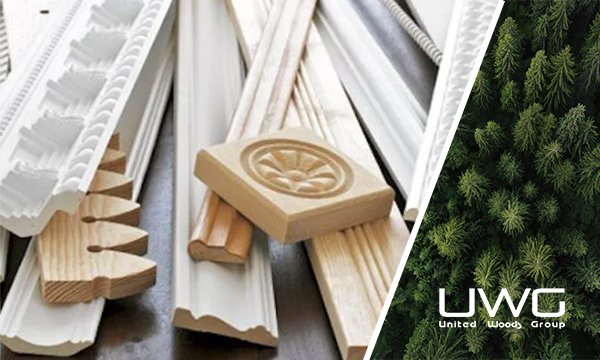Did you know that insulating your hollow core door can significantly improve your home’s energy efficiency? While many homeowners overlook this simple upgrade, the benefits of insulation are numerous and impactful. Whether you’re a wholesaler, builder, or homeowner, understanding the value of insulating hollow core doors can lead to better comfort and cost savings.
Insulating a hollow core door improves energy efficiency, reduces noise transmission, and increases overall comfort within your home. This simple upgrade can lead to significant savings on energy bills and enhance the soundproofing of interior spaces, making your living environment more peaceful and energy-efficient.
Let’s explore the details and benefits of insulating hollow core doors.
What is Hollow Core Door?
A hollow core door is a type of door that features a wooden frame with a hollow interior, often filled with a honeycomb cardboard core. These doors are lightweight, cost-effective, and commonly used for interior applications. They provide basic privacy but lack the insulation and soundproofing qualities of solid core doors.

Types of Filler Core for Hollow Core Doors
Hollow core doors can contain different types of filler cores, including:
- Honeycomb Cardboard: Lightweight and inexpensive, but offers minimal insulation.
- Polystyrene Foam: Provides better insulation and soundproofing compared to honeycomb cardboard.
- Wooden Lattice: Offers structural support but limited insulation.
- Particleboard Cores: Increases the weight of the doors, it also increases durability. particleboard cores are lower density and great for flush wood doors . They can be specified with a 20-minute fire rating, so can work well for offices.
- MDF Cores: Medium-density fiberboard (MDF) Its glued wood fibers make it suitable for a broad selection of applications, a budget-friendly choice with a classic to modern look and seven standard paint colors. An MDF surface helps ensure smooth paint application.
- Fireproof Cores: mineral cores are made from non-combustible materials such as minerals and fiberglass to slow the spread of fire and smoke from one part of a building to another. They can be specified for 20, 45, or 90 minutes.

Can a Hollow Core Door Be Insulated?
Yes, hollow core doors can be insulated. Adding insulation to these doors can help keep your home comfortable and reduce energy bills. Common methods include using foam insulation sheets externally or filling the hollow core with expanding foam.

What Are the Benefits of Insulating a Hollow Core Door?
- Improved Energy Efficiency: Insulated doors help maintain indoor temperatures, reducing the need for heating and cooling.
- Noise Reduction: Insulation enhances soundproofing, making your home quieter.
- Increased Comfort: A well-insulated door minimizes drafts and maintains a consistent indoor climate.
- Cost Savings: By reducing energy consumption, insulated doors can lower your utility bills.
- Enhanced Privacy: Improved soundproofing offers better privacy between rooms.
- Environmental Benefits: Lower energy usage translates to a reduced carbon footprint.

Is Hollow Core or Solid Core Better for Insulation?
Solid core doors generally offer superior insulation and soundproofing compared to hollow core doors. They are constructed with a solid material core, providing better thermal and acoustic insulation. However, hollow core doors, when insulated properly, can still provide adequate performance for many applications.

How to Insulate a Hollow Core Door?
To insulate a hollow core door, you can:
- Glue Foam Insulation Sheets Externally: Measure and cut the foam sheets to fit the door surface, then use adhesive to attach them.
- Fill the Hollow Core with Expanding Foam: Drill small holes along the edges of the door and inject expanding foam, allowing it to fill the voids. This method improves both insulation and structural integrity.

Conclusion
Insulating a hollow core door is a cost-effective way to enhance your home’s energy efficiency, comfort, and soundproofing. Whether you’re considering this upgrade for residential or commercial properties, the benefits are clear. Take the step to insulate your doors and enjoy a more comfortable, energy-efficient living space.








